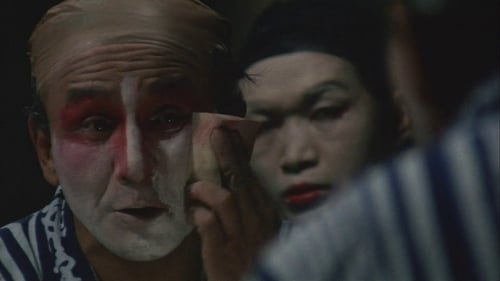
Major Senda
종전 30여년의 세월이 흘렀음에도 불구하고 뉴기니아 전선에서 살아 돌아오지 못한 남편의 불분명한 마지막 행적과 죽음을 둘러싼 진실의 실체를 생존한 전우들의 증언을 통해 추적하는 전쟁미망인의 이야기

A group of teenagers grow up in Okinawa amid the protests and resistance against the presence of the American base in the island.
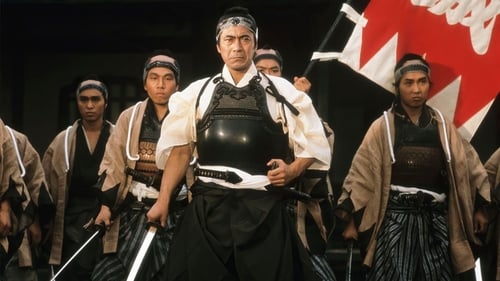
Yasubo Katsu
Near the end of the nineteenth century, as the balance of power shifts from Shogunate towards the Emperor, Japan restlessly awaits the dawning of a new age. But not all are content...The Shinsengumi, a small army of samurai, farmers and peasants, band together to do battle against the tide of history. Their leader, Isami Kondo is a man who rises from farmer to fighter to head the fierce Shinsengumi brigade. Using a stern hand and a heart of gold, he rallies his men in defense of the tottering Shogunate. But bloodshed and treachery lurk around every corner.

Jingosa
BLOOD END is one of the great unknown films from Japan's golden era of the late 1960's. Starring NAKADAI Tatsuya in one of his best roles, this is the story of the Mito Tengu Group who attempted to overthrow the Shogunate at the beginning of the Bakumatsu Period. Their political aspirations led to countless assassinations, as well as senseless killing of innocent people who got in their way. Sentaro (NAKADAI), a farmer who's been severely beaten for his outspoken defiance of the government and the high taxes during a time of famine is befriended by one of the group's leaders, KADA Gentaro (KATO Go) and joins up. This is the masterpiece of director YAMAMOTO Satsuo (who is best known for the first film in the NINJA, BAND OF ASSASSINS series) the erstwhile 'Leftist' director, who used his films to make his political points. Stunning fight choreography, and ultra-violence make this one of the bloodiest films of that era. A powerful film Rare classic!
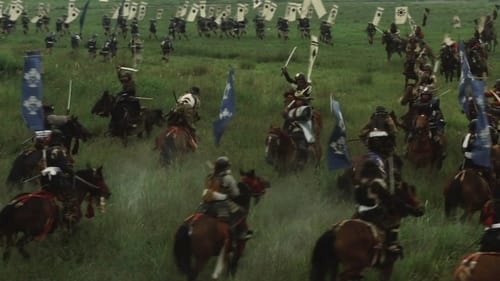
Nobukato Itagaki
Kansuke Yamamoto is a samurai who dreams of a country united, peaceful from sea to sea. He enters the service of Takeda, the lord of Kai domain. He convinces Takeda to kill the lord of neighboring Suwa and take his wife as a concubine. He then convinces the widow, Princess Yu, to accept this arrangement and to bear Takeda a son. He pledges them his life. He then spends years using treachery, poetic sensibility, military and political strategy to expand Takeda's realm, advance the claim of Yu's son as the heir, and prepare for an ultimate battle with the forces of Echigo. Has Kansuke overreached? Are his dreams, blinded by love, too big?
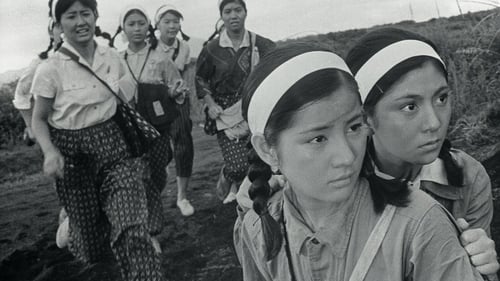
Noguchi, principal
In 1943, critical developments in the Pacific War have placed Japan at a disadvantage, although the fiery breaths of war hadn't yet reached Okinawa Normal School for women. Nothing seemed the least bit out of the ordinary, as Kazuko and her friends enjoyed a day of sports. A year later the war takes a devastating turn, as US forces plan an amphibious attack known as "Operation Iceberg" on the Ryukyu island.
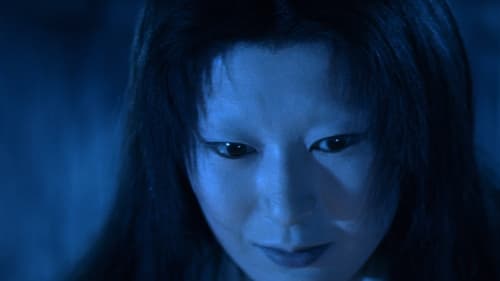
Kannai - a Guard (segment "Chawan no naka")
고이즈미 야쿠모의 괴기담 중에서 4편의 에피소드를 영상으로 옮긴 옴니버스 영화. 출세를 위해 아내를 버리고 떠났던 무사(‘흑발’), 눈보라 속에서 설녀를 만나 목숨을 건진 청년(‘설녀’), 귀신을 피하기 위해 불경을 몸에 써넣는 맹인 악사(‘귀 없는 호이치’), 찻잔 속에서 기묘한 얼굴을 본 무사(‘찻잔 속’)의 이야기가 오싹한 공포와 함께 펼쳐진다. 환상적인 색채와 표현적인 세트를 이용한 뛰어난 미술과 촬영이 돋보이며, 다케미쓰 도루의 실험적인 음악 또한 탁월하다. 에 이어 두 번째로 칸영화제 심사위원특별상을 수상했다.
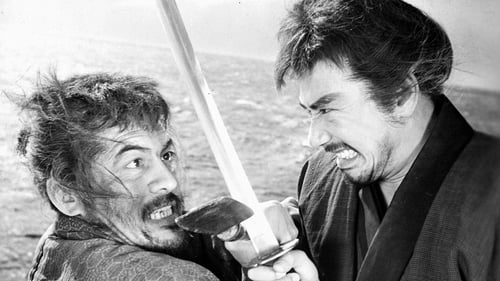
Seibei
This suspense drama set in the mid 1700's depicts the plan of the Tokugawa rulers to send a number of homeless men to a remote island Sado to perform forced labor. Living conditions on the island are terrible and the men soon become rebellious. Based on a short story by Seichō Matsumoto.

A period film about a peasant revolt in the region near Mount Fuji, occasioned by high officials' depriving the farmers of their water rights.
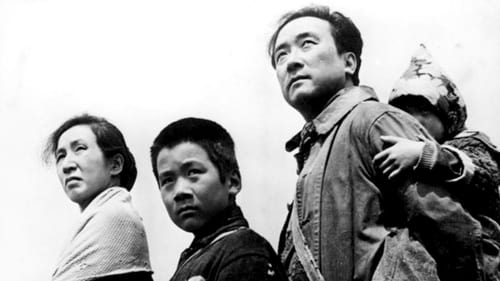
Hanamura
About the struggles of day labourers to achieve dignity and a standard of living above the starvation level. Utilising the Zenshinza theatrical troupe.

Kojiro Sasaki
The first of five Musashi series, Shinobu and her brother Genichiro plead with the famous swordsman Musashi Miyamoto to teach them swordsmanship to avenge their father's death. The killers of their father see the sister and brother practicing with Miyamoto, and so enlist the help of another powerful swordsman, Kojiro Sasaki, which gives Sasaki an excuse to battle Miyamoto.
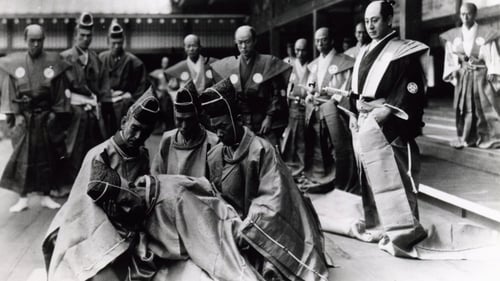
Sukeimon Tomimori
18세기 초, 막부정치가 안정되고, 산업이 발달해 도시가 성장하던 겐로쿠 시대. 쇼군의 명령에 따라 에도에 머물던 아코의 영주 아사노가 고관 기라와 대립해 싸움을 벌이고 만다. 평화의 시대, 성에서는 칼을 뽑지 못하게 한 법도를 어긴 아사노에게 할복하라는 명령이 떨어진다. 오오이시를 비롯한 아사노의 부하들은 주군을 잃고 절망에 빠진다.

The year is 1936. Ôhinata-mura was a very poor village between deep valleys. Soncho, the village head is trying to collect the village taxes from the villagers but he knows full well that no one can afford to pay the village tax which has been unpaid for years...
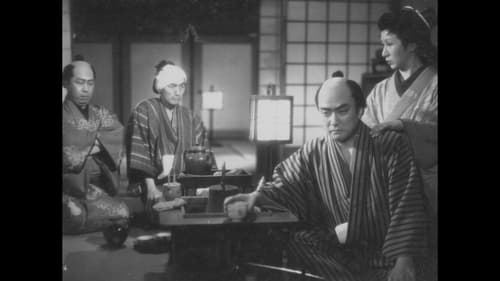
A jidaigeki film on Banzuiin Chōbei produced in 1940 and directed by Yasuki Chiba.
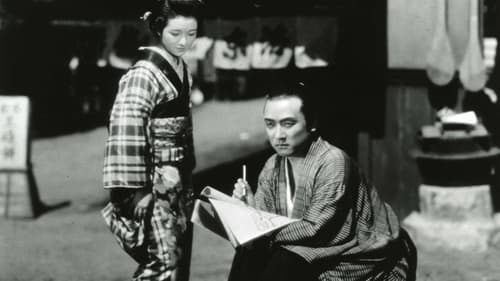
Hikotaro
A forceful indictment of the devastating effects of war and nationalistic fanaticism on the average man, who, in the face of the absurdity of violence, is reduced to apathy or victimhood.

Yagobei
“Widely acclaimed as the first full-scale historical film epic in Japan, Kumagai’s adaptation of Ogai Mori’s celebrated novel is an indictment of the bushido tradition of saving face through harakiri. The 19 vassals of Lord Hosokawa ask permission to commit harakiri with him, as a demonstration of their loyalty. Only Yaichiemon Abe is refused permission, forced instead into the vassalage of his lord’s successor. Humiliated and derided, Yaichiemon eventually commits harakiri without permission. His eldest son is then punished for Yaichiemon’s suicide, and when he resists, is sentenced to death. The entire Abe clan rebels upon the son’s execution, and the clan is annihilated.” --Alan Poul, Japan Society

Shinza
에도 시대의 도쿄 빈민가, 무사 계급이라 해도 돈이 없으면 하층민들 사이에서 겨우 입에 풀칠만 할 수밖에 없는 시대. 주인 없는 무사 마타주로는 아내가 집에서 싸구려 종이 풍선을 만드는 사이 일자리를 찾으러 다닌다. 한편, 어느 비 내리는 밤, 이발사 신자의 일당이 부유한 상인의 딸을 납치해 마타주로의 집에 숨긴다. 일당은 몸값을 요구하지만 일은 점점 꼬여만 가고, 마타주로 역시 곤경에 처한다. 자살로 시작된 영화는 자살로 막을 내리며, 봉건 제도 하의 일본에서 계급의 밑바닥을 살아가는 사람들의 삶이 얼마나 끔찍한지를 보여주는 야마나카의 비극적인 걸작. 야마나카가 그의 짧은 생애 동안 만든 작품 중 마지막 작품이자 현존하는 세 작품 중 하나. (2014 영화의 전당 미지의 일본 거장전 I : 시미즈 히로시 & 야마나카 사다오)

Story of a bandit king part 2.

Rokuro Kai
Story of a bandit king.
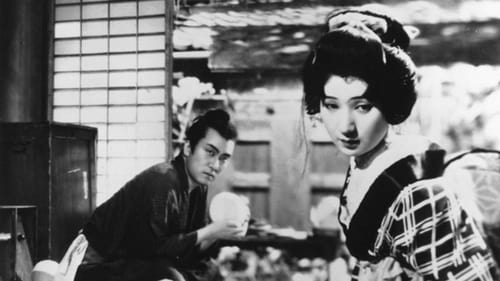
Kaneko Ichinojo
야쿠자 밑에서 일하는 가네코는 한창 오늘치 자릿세 수금을 하고 있다. 그러나 그는 남몰래 사랑하고 있는 오나미가 일하는 술집만은 지나친다. 가네코와 오래 알고 지낸 기타무라가 마침 그를 발견해 오나미의 가게로 이끄는데, 정신이 빠진 사이 가네코는 목숨보다 소중한 단검을 잃어버리고 만다. 한편, 남을 위한 희생 따위는 모르는, 조직의 우두머리 고우치야마 소슌이 단검을 찾기 위해 동분서주하는 가네코의 일에 휘말리게 된다.

Sanjiro
A tragic period film about a gangster who comes out of prison and finds it hard to find a place again in society.
















